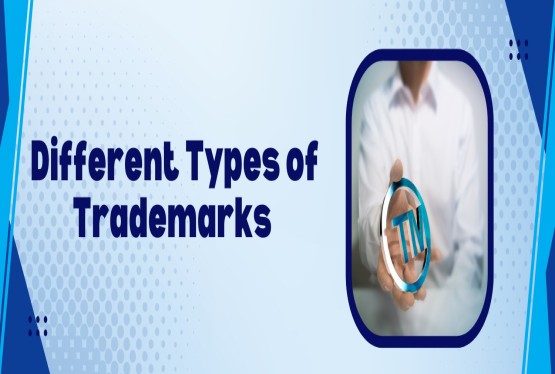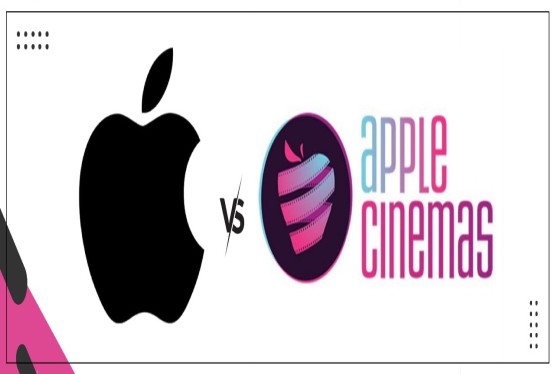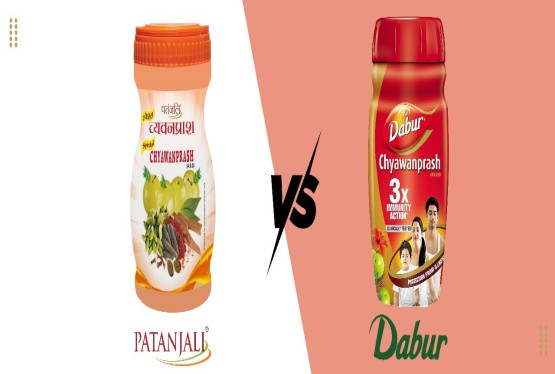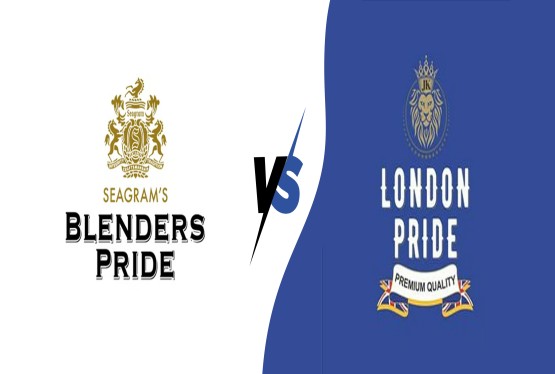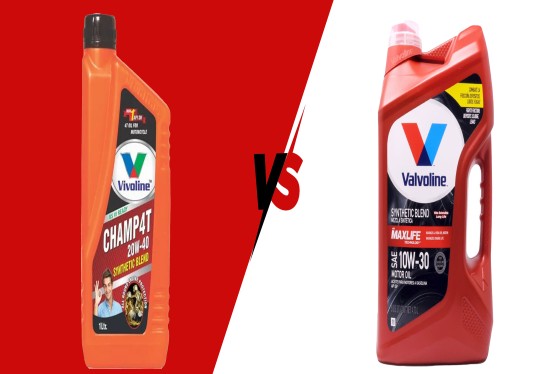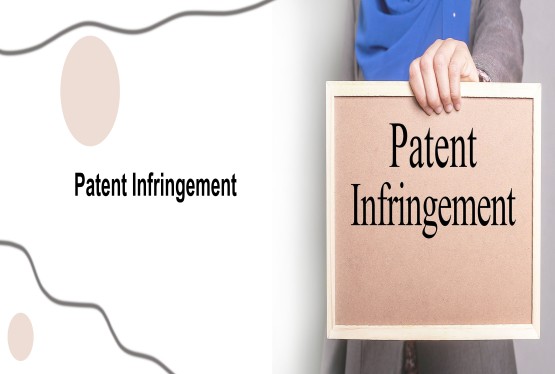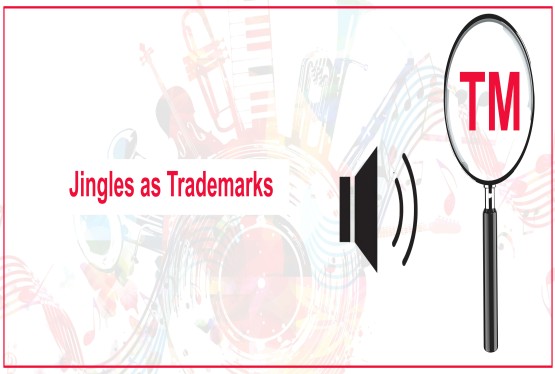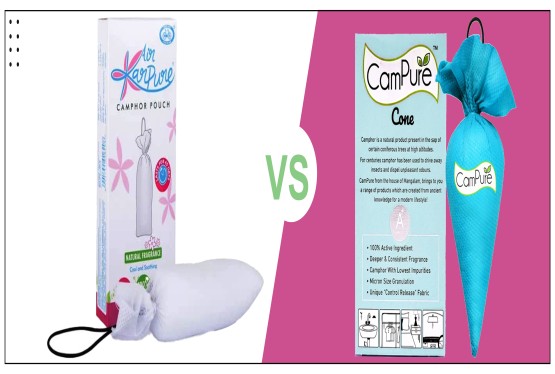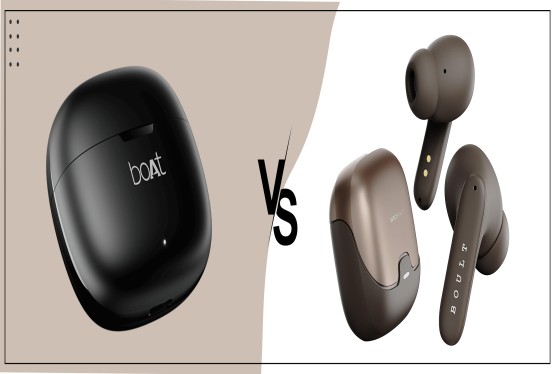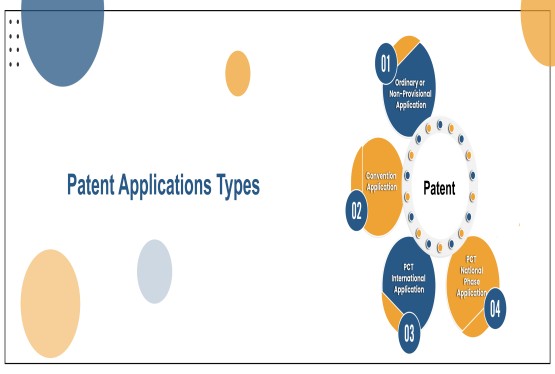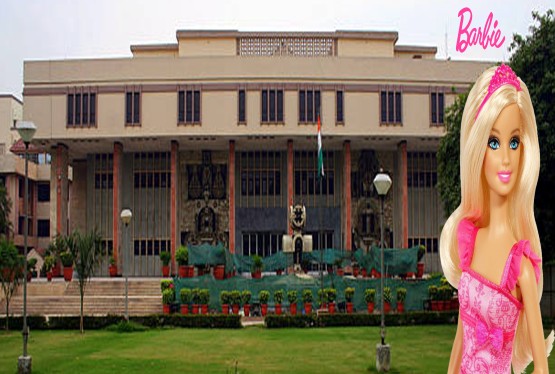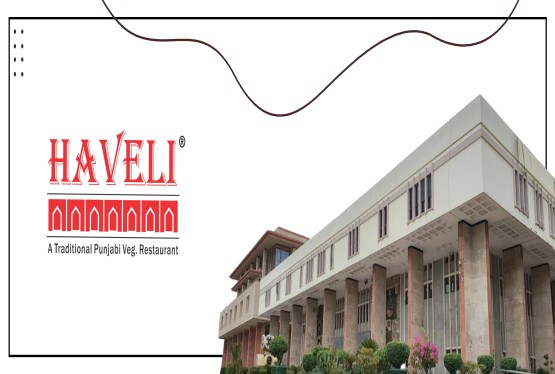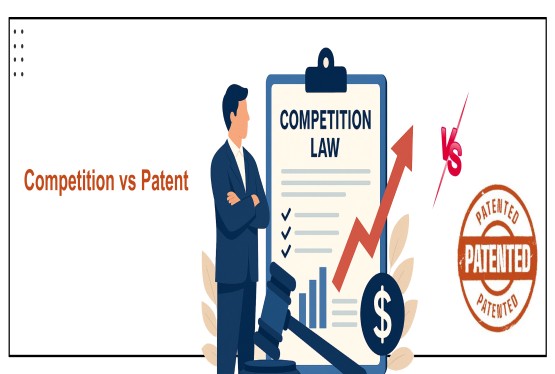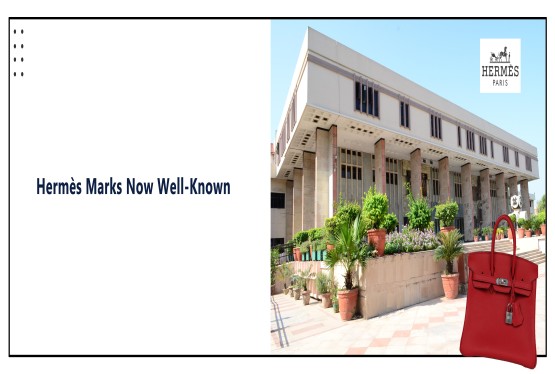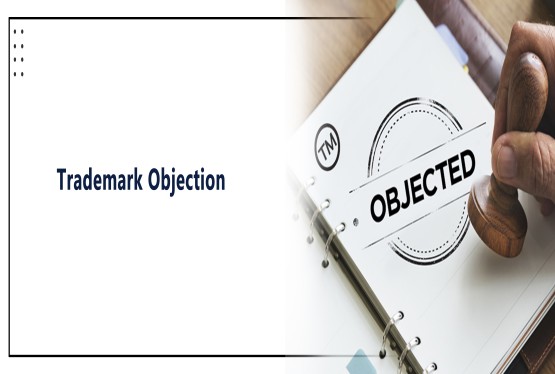The fashion industry thrives on creativity, innovation, and ever-evolving trends. However, behind the glamour of fashion shows and retail success lies a complex legal framework that protects the hard work of designers, brands, and businesses. Intellectual Property Rights (IPR) play an important role in ensuring that creators receive recognition and financial reward for their efforts, while also improving a culture of innovation.
In this article, we explore how different forms of intellectual property apply to the fashion industry, the challenges in enforcement, and why protecting fashion assets is more important than ever.
Intellectual Property Rights in Fashion
Intellectual Property (IP) refers to creations of the mind, such as inventions, designs, brand names, and artistic works. In the fashion industry, IPR ensures that original designs, logos, patterns, and even certain materials are protected from unauthorized use or duplication.
The key types of intellectual property relevant to fashion include:
Copyright
Copyright Registration protects original artistic works, such as sketches, prints, embroidery patterns, and textile designs.
-
Scope: Drawings, photoshoots, fabric patterns, and advertisements.
-
Duration: Typically lasts for the creator’s lifetime plus 60 years (in India).
-
Limitation: Copyright does not protect functional aspects of clothing like basic cuts or utility-driven designs.
Example: An exclusive floral pattern designed for a limited-edition collection can be protected under copyright law.
Trademarks
Trademarks Registration protect brand identifiers such as logos, names, slogans, and even distinctive packaging or store layouts (trade dress).
-
Scope: Logos on clothing, labels, brand names, and distinctive symbols.
-
Registration: Strongly advisable to secure exclusive rights.
-
Importance: Trademarks help build brand reputation and consumer trust.
Example: The famous red sole of Christian Louboutin shoes is trademarked in several countries, including India.
Designs
Design protection covers the aesthetic aspects of clothing, accessories, and footwear – the visual appearance rather than functional features.
-
Scope: The shape, configuration, pattern, or ornamentation applied to an article.
-
Registration: Necessary under the Designs Act, 2000 in India for exclusive rights.
-
Duration: 10 years, extendable by 5 more years.
Example: A unique handbag design that is new and original can be registered as an industrial design.
Patents
Patents apply less frequently in fashion but are important for technological innovations related to textiles, wearable tech, or manufacturing processes.
-
Scope: Innovative fabric materials (like waterproof or wrinkle-resistant fabrics) or smart clothing integrating technology.
-
Requirement: The invention must be novel, non-obvious, and industrially applicable.
-
Duration: 20 years from the filing date.
Example: A self-cleaning fabric that uses nanotechnology could be patented.
Why is IPR Important in Fashion?
-
Protecting Creativity: Designers invest substantial effort and imagination; IPR ensures they receive due credit and protection.
-
Encouraging Innovation: Assured protection encourages investment in research, design, and development.
-
Preventing Counterfeiting: Counterfeit goods not only harm the original brand financially but also damage its reputation.
-
Global Expansion: Proper IP protection helps brands confidently expand internationally without fear of copycats.
Challenges in Enforcement
Despite the availability of protection, the fashion industry faces unique challenges:
-
Fast Fashion Cycle: Trends change rapidly, often making traditional enforcement actions too slow.
-
Difficulty Proving Infringement: Minor modifications can sometimes escape legal liability.
-
Global Counterfeiting Networks: Online marketplaces and cross-border counterfeit goods make enforcement complicated.
-
High Costs: IP registration and enforcement, especially internationally, can be expensive for smaller designers.
Conclusion
Intellectual Property Rights are indispensable in the fashion industry. They not only protect designers from exploitation but also support creativity, brand-building, and innovation. In today’s global and digital marketplace, securing IP assets is no longer optional, it is essential for survival and growth. Fashion brands, whether emerging designers or established houses, must actively strategize to identify, register, and enforce their IP rights. In doing so, they safeguard their originality, foster loyalty, and continue to inspire the world with their creations.






























_(b)_of_the_Trademark_Act,_1999_(1)_crop10_thumb.jpg)



_crop10_thumb.jpg)




























_crop10_thumb.jpg)
_crop10_thumb.jpg)






_crop10_thumb.jpg)








_crop10_thumb.jpg)



_crop10_thumb.jpg)





























_crop10_thumb.jpg)

















_crop10_thumb.jpg)






_crop10_thumb.jpg)












































































































































_crop10_thumb.jpg)




































_crop10_thumb.jpg)












_crop10_thumb.jpg)


















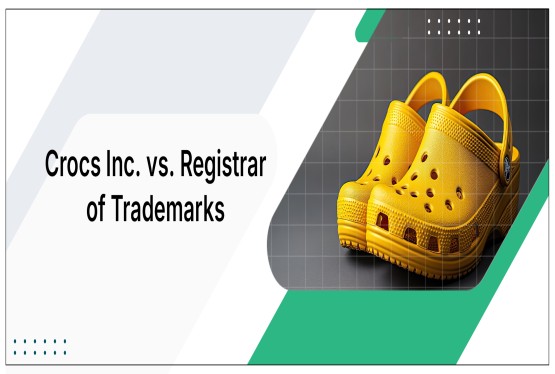














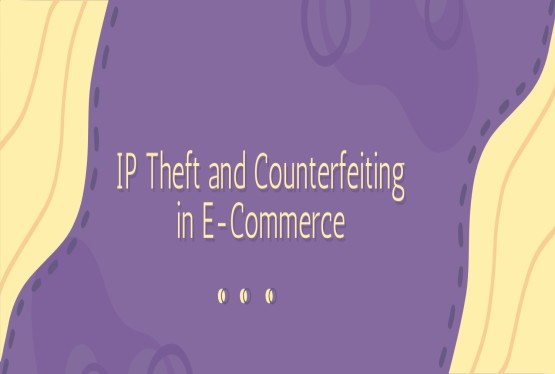












_crop10_thumb.jpg)


















